Pyrite, also known as “Fool’s Gold,” is a popular mineral known for its metallic luster and brassy-yellow color. It has both practical and metaphysical uses, and people often have questions about this intriguing mineral. Here are some frequently asked questions about pyrite:
What is pyrite?
Pyrite is a mineral composed of iron and sulfur, often forming cubic crystals with a metallic appearance. It is commonly found in sedimentary rocks and is sometimes mistaken for gold due to its color and shiny appearance.
Is pyrite valuable?
Pyrite has a low intrinsic value compared to precious metals like gold. However, it does have industrial uses, and it’s often collected for its aesthetic qualities and unique crystal formations.
What are the metaphysical properties of pyrite?
Pyrite is believed to have various metaphysical properties, such as promoting confidence, protection from negative energies, enhancing willpower, and attracting wealth and abundance.
Is pyrite used in jewelry?
Yes, pyrite is used in jewelry, primarily as a decorative stone in necklaces, bracelets, and earrings. It can be cut into beads or cabochons and set in various types of jewelry settings.
Can pyrite be harmful?
Pyrite itself is not harmful, but it can contain traces of other minerals like arsenic, which could be harmful if ingested or inhaled. It’s advisable to wash hands after handling raw pyrite, and it’s not recommended to use pyrite as a crystal elixir.
How can I tell the difference between pyrite and real gold?
Pyrite and gold can look similar to the untrained eye, but there are key differences. Gold is much softer and more malleable than pyrite, and it has a bright yellow color that doesn’t tarnish. Additionally, pyrite often forms cubic crystals, while gold is typically found in nugget or flake form.
Where is pyrite found?
Pyrite is found in various geological settings, including sedimentary rock layers, hydrothermal veins, and as a component in some types of coal. It’s found worldwide and is often associated with other minerals.
Is pyrite used in any industrial applications?
Yes, pyrite has some industrial uses. It can be used in the production of sulfuric acid, as a source of sulfur for various chemical processes, and as a material in the production of iron and steel.
How should I cleanse and care for my pyrite crystals?
Pyrite is relatively durable, but it’s best to avoid exposing it to water or moisture, as it can oxidize and form a powdery substance called “pyrite disease.” To cleanse pyrite, you can use methods like smudging, placing it in sunlight or moonlight, or using other cleansing crystals such as selenite or clear quartz.
As with any mineral, personal experiences with pyrite’s metaphysical properties may vary, and it’s essential to exercise caution and do your research before

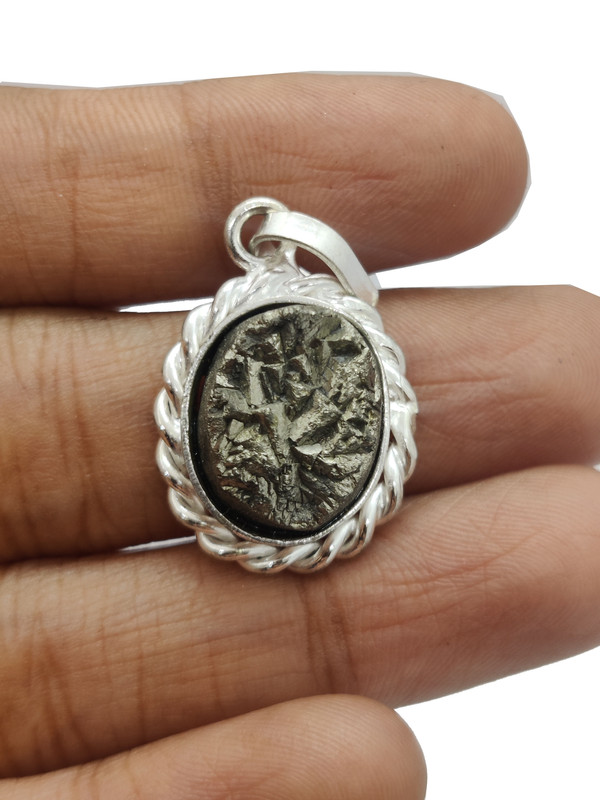
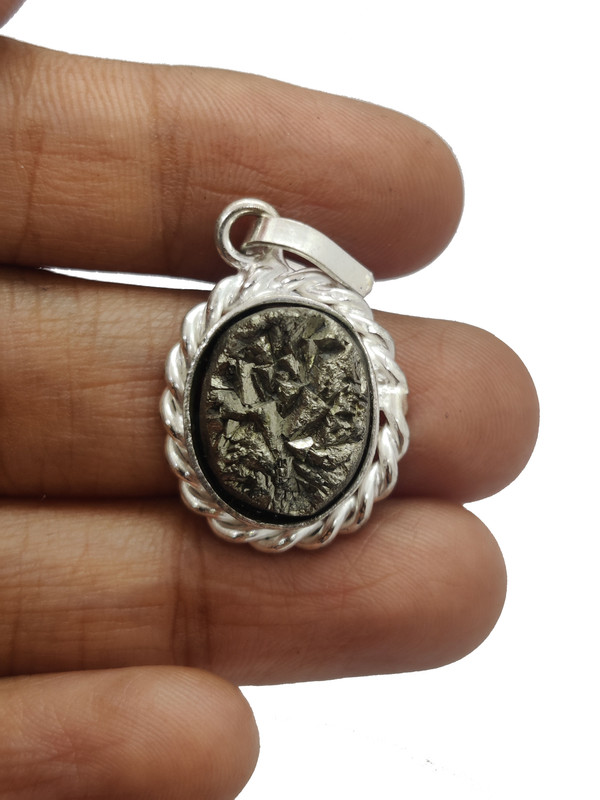
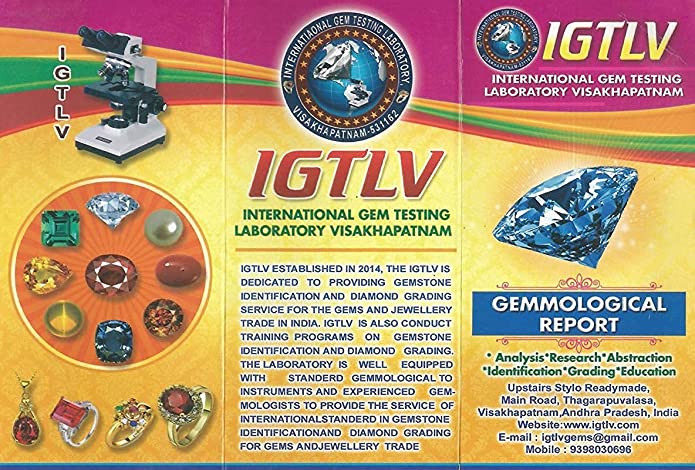
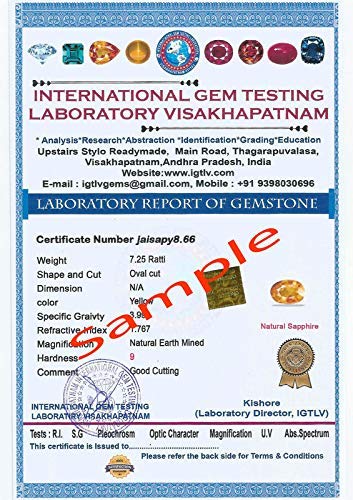
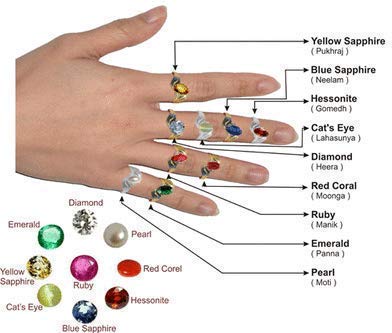
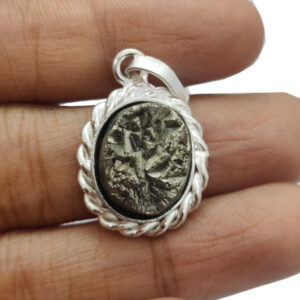


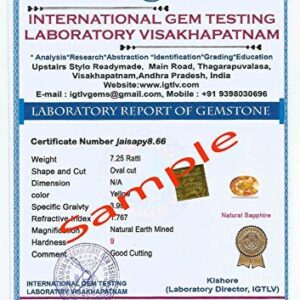
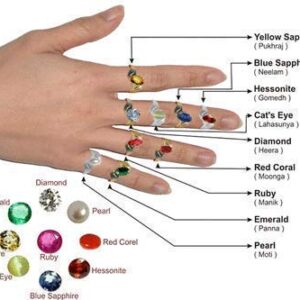

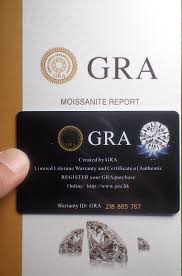







4.80
10 reviews for Silver Plated Pyrite Stone Pendant
There are no reviews yet.